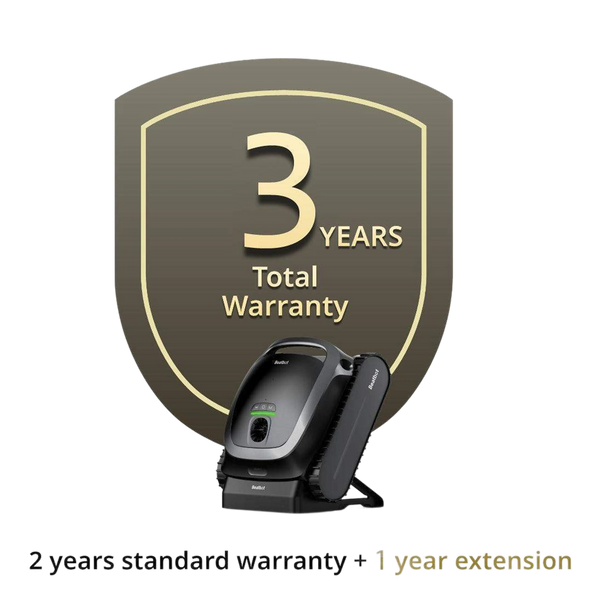How to Raise Pool Alkalinity Without Affecting pH?
No one can resist the lure of a swimming pool. The sparkling water is a wonderful paradise for relaxation. However, maintaining a swimming pool is not an easy task. If you are a newbie to swimming pools, you may be confused by the various complicated terms involved. Among them, maintaining the chemical balance of the swimming pool is an issue that everyone must understand. In this article, we will explore how to increase the alkalinity of the swimming pool without affecting the pH.
Popular Science: What is pH and Alkalinity?
You are definitely familiar with pH: pH refers to the measurement of acidity and alkalinity, and the measurement range is from 0 to 14, with 7 being neutral, below 7 indicating acidity, and above 7 indicating alkalinity. Generally speaking, the pH of swimming pool water is maintained between 7.4-7.6, which helps balance the various chemicals in the swimming pool, protects the pool equipment from corrosion damage, and ensures that the pool water does not irritate swimmers' eyes, skin, or dry their hair.Alkalinity refers to the resistance of water to changes in pH, indicating the ability of water to regulate and neutralize acids under the same constant pH, and the unit is ppm. Alkalinity levels indicate the amount of bicarbonates, hydroxides, and carbonates present in the water. Normally, the ideal pool alkalinity range should be between 80ppm and 120ppm.

But remember that the pH and alkalinity of a pool are not constant. Every time you go into the water, or even some small changes in the weather, can have a significant impact on them. Therefore, you need to test their values at least once a week. Secondly, pH and alkalinity are closely related. When you adjust one, the other will also change. Increasing the alkalinity of pool water is likely to raise the pH to a value you don't want to see. Therefore, you need to learn how to adjust the alkalinity without changing the pH.
Back to the topic: How to increase the alkalinity of a pool without affecting the pH?
Before answering this question, we need to understand one thing, which is why you need to increase the alkalinity of your pool.
- Protect pool equipment: Too low alkalinity will cause the pool water to become more acidic, and acidic substances have a strong corrosive effect on metals. It will dissolve your steel pipes, heating coils and various important pool accessories, causing expensive maintenance costs that you don’t want to see. By taking preventive measures to balance alkalinity, you can extend the life of your pool and save a lot of money that can be spent elsewhere.
- Ensure swimmer comfort: The level of alkalinity will directly affect the comfort of swimmers: low alkalinity water will irritate swimmers' skin and eyes, which is even more of a disaster for people with related skin diseases. Not only that, it can also affect respiratory problems.
- An effective way to increase alkalinity levels without affecting pH is to add baking soda (sodium bicarbonate): adding two pounds of baking soda to 10,000 gallons of water will raise alkalinity by about 10 ppm with minimal impact on pH: this is because it increases total alkalinity and has little effect on changing the concentration of hydrogen ions (which determine the acidity of pool water).
In order to properly and effectively use baking soda to increase total alkalinity, you need to measure the volume and alkalinity of your pool water to calculate how much baking soda you need to add. You can use various volume calculators online to find out how many gallons of water your pool has. In this article, we will recommend three methods for measuring the alkalinity of your pool water:
- Test strips: Although they may not be as accurate as some other methods in terms of test results, they are quite cheap, easy to use, and can quickly provide measurement results. The measurement method is: soak the test strip in the pool water for 10-15 seconds, remove it, and compare it to the color on the chart to get the current alkalinity level.
- Liquid test kits: These work by adding them to the water and causing the water to change based on the pH and alkalinity levels. To use: Fill a test tube with pool water and add the reagents as directed, gently swirl the tube, and compare the color change to the chart to get the specific value.
- Digital tester: This meter is more expensive, but the main sentence is more accurate and includes many more advanced features. Just submerge it in the water to a certain depth, wait a few seconds, and you can see the value it displays.

Add baking soda:
After measuring the alkalinity level and pH, you can calculate the amount of baking soda to add based on the volume of the pool. Dissolve it in a bucket of water to prevent lumps and incomplete dissolution. Then, slowly pour a bucket of baking soda solution into the pool while keeping the pool pump running. After the baking soda is evenly added, wait four hours and re-measure the alkalinity and pH.
Relative Blogs
About the author


























